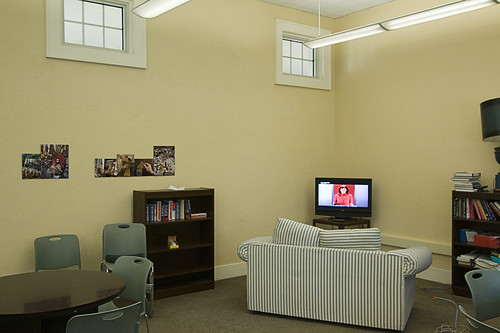My world has been full of language labs, cat doors, hiking, assessment, fence building and course prep recently and I've neglected to blog about much. Meanwhile, we keep bailing out the upper 6%. The average income of this 6%? Over 30 million dollars per year. On a global scale, 300 or so individuals are worth more as a group than the bottom 2.5 billion (Harvey,
A Brief history of neoliberalism). What irks me is that this is an absolutely radical transformation from 40 years ago, yet we act (see Forbes, Bush, Palin, McCain, Norquist, Newt, Armey, John Roberts, Scalia, Goldman Sachs, etc.) as if these folks are under some kind of burden, held back by meddlesome government and jealous commoners. Right.
Anyway, as always, Brad Delong gets it right, channeling Krugman quoting Saez...
More Second Gilded Age Blogging: "Via Paul Krugman:
Even more gilded: With everything else going on, the latest inequality numbers from Emmanuel Saez, now updated to 2007, didn’t get much attention. But they’re truly amazing:

That means that the top 1-10,000 of the American income distribution receives 6% of pretax household income--meaning that their average income is 600 times that of the average.
Time for a more progressive income taz, is what I am saying...
The curious thing is that Emmanuel's office is only 7 doors north down the hall, yet I have to find out about this via a loop to New Jersey...

"



